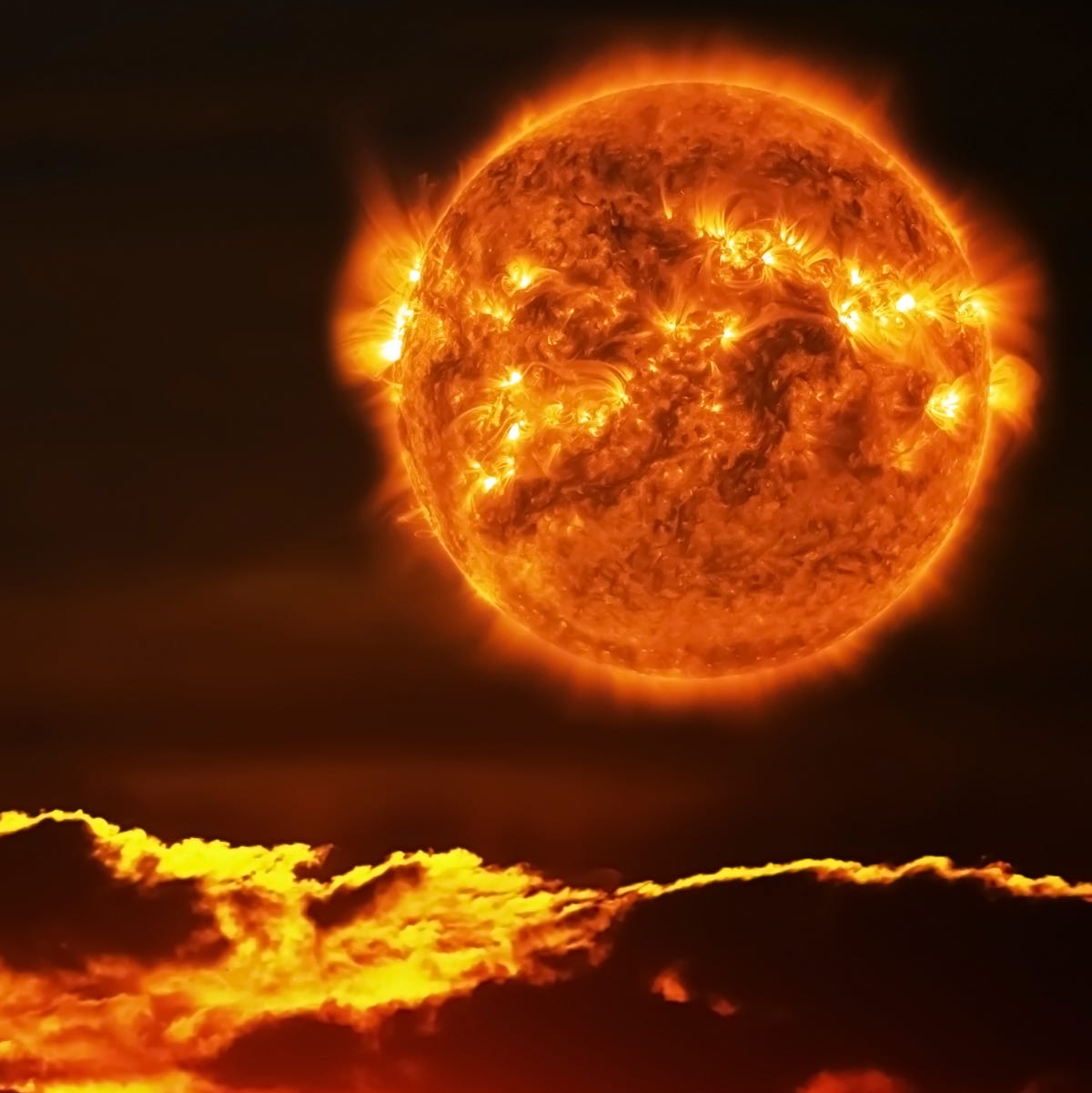NASA scientists spotted a strange polar vortex near the Sun’s northern pole. The vortex appears to be part of a huge filament of solar plasma that the space agency says broke away from the Sun’s surface and is now circling the north pole like a tornado. Unfortunately, scientists have no idea what caused the vortex.
Attention was first brought to the Sun’s strange polar vortex when Dr. Tamitha Skov posted on Twitter, sharing images taken by NASA’s Solar Dynamic Observatory. While exciting, the cause of the vortex has left many scratching their heads. Based on all the data that scientists have, it appears part of the Sun broke off and was sucked into the vortex.
The vortex itself appeared above the 55-degree latitude. But this isn’t the first time we’ve seen it. Scott McIntosh, a solar physicist and deputy director at the National Center for Atmospheric Research in Colorado, told Space.com that the Sun’s strange polar vortex appears at that exact place every solar cycle.
However, this is the first time astronomers have seen a polar vortex of this caliber on the Sun. That’s why it has so many excited and curious to learn what caused part of our star to break off and be sucked into it.
The sun follows an 11-year solar cycle, and according to McIntosh, this vortex has appeared at the 55-degree latitude mark once every single cycle scientists have observed. As such, many astronomers believe the polar vortex could have something to do with how the Sun reverses its magnetic field.
McIntosh said that many astronomers have questioned why the vortex appears at that spot, only to move toward the pole and vanish, then to reappear three to four years later in the same spot it did before. Could the polar vortex play some part in how the Sun’s cycle plays out? That’s one of the biggest theories astronomers have thrown around.
Hopefully, upcoming missions like the European Space Agency’s Solar Orbiter can help shed some light on these phenomena, as well as the massive sunspots that astronomers have discovered across the surface of the Sun. Understanding how polar vortexes spawn on the Sun could help us better understand how our star reverses its magnetic field each cycle.

With more research into this recurring polar vortex, we could come to a proper understanding of how the Sun works and why these strange occurrences happen. That, in turn, could help us better predict solar flares and other cosmic events that threaten our world.

source: https://www.thespaceacademy.org









